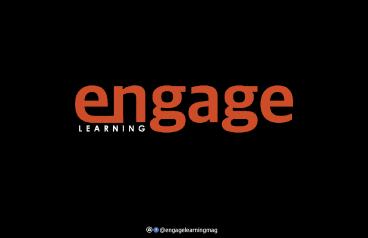Understand our Solar system by Engage Learning Magazine - PowerPoint PPT Presentation
1 / 4
Title:
Understand our Solar system by Engage Learning Magazine
Description:
With this, an extract of a story from Engage Learning Magazine, easily understand our solar system and the kind of planets in them. – PowerPoint PPT presentation
Number of Views:20
Title: Understand our Solar system by Engage Learning Magazine
1
(No Transcript)
2
Rocky worlds
Earth Earth orbits the sun in an area of
the solar system called the Goldilocks Zone.
This is an area around a star where the
temperatures are just right for liquid water to
flow on a planets surface. Water covers about 70
percent of Earths surface. That is important
because life as we know it needs water to
survive. Mars Rusty iron dust covers much of
Marss surface. Winds blow some of the dust into
the planets atmosphere, making it look pink.
Sometimes, the winds can whip up giant dust
storms. In fact, even though Mars is the second
smallest planet, it has the largest dust storms.
They can cover the whole planet and last for
months.
Eight planets are in our solar system.
These planets can be divided into t wo
groups. The four planets nearest the sun are
small, rocky worlds. Blast off to explore
them.
Venus Venus is the second planet from the sun,
and the hottest planet. A thick atmosphere
covers it. Like a giant blanket, the gases in
the atmosphere trap the suns heat, causing the
temperature to rise. Right now, it is nearly 462
degrees Celsius on Venus. That is hot enough to
melt lead! Mercury Mercury is slightly larger
than Earths moon, making it the smallest planet.
Since Mercury is the closest planet to the sun
it revolves around the sun very quickly. A year
on Mercury is only 88 Earth days long. A day
there lasts for 59 Earth days.
All photos these pages NASA
3
Gas Giants
Uranus Uranus does not just revolve around
the sun it rolls around the sun. The planet is
laying on its side. Its equator runs up and
down, and its poles are on its side. Scientists
do not know what pushed Uranus over. Many say
that one or more space objects crashed into it,
shortly after the planet formed.
Neptune Neptune has the fastest winds.
These wicked winds speed around the planet at
500 metres per second, faster than the winds on
Jupiter. But that is not the oddest thing about
Neptunes winds. They blow backwards! Winds on
the other planets usually blow in the direction
the planet spins, or rotates. Not on Neptune.
All photos these pages NASA
4
ANNUAL SUBSCRIPTION 6 issues per year MAGAZINE
DIGITAL FLIPBOOK Rs 1,600 DIGITAL FLIPBOOK
ONLY Rs 1,300 ORDER ONLINE http//engagelearningma
g.com/subscribe/
Published by Engage Learning Pvt Ltd Ministry of
New, Kitab Mahal, 3rd floor 192 Dr DN Road,
Mumbai 400 001 info_at_engagelearningmag.com www.eng
agelearningmag.com
Engage Learning Pvt Ltd All rights reserved.
No part of this publication may be reproduced
without the written permission of the publisher.































